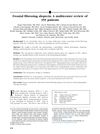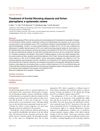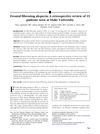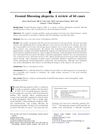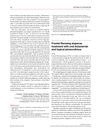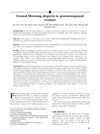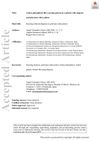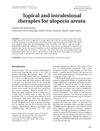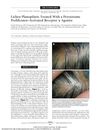Frontal Fibrosing Alopecia Treatment Options
January 2016
in “
Intractable & Rare Diseases Research
”
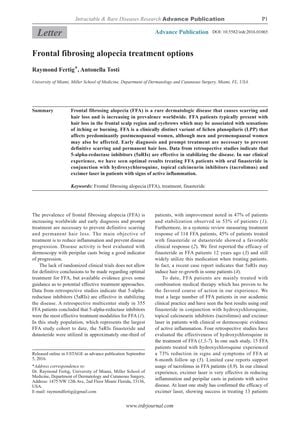
TLDR Combination therapy, especially with finasteride, is effective for treating frontal fibrosing alopecia.
The document discusses treatment options for frontal fibrosing alopecia (FFA), a form of scarring hair loss that primarily affects postmenopausal women. The largest study to date on FFA, involving 355 patients, found that 5-alpha-reductase inhibitors (5aRIs) like finasteride and dutasteride were effective in stabilizing the disease, with 47% of patients showing improvement and 53% experiencing stabilization. A systematic review of 114 FFA patients showed a 45% favorable response to these treatments. The authors recommend a combination therapy approach, which they have found effective in their clinical practice, including oral finasteride, hydroxychloroquine, topical calcineurin inhibitors (tacrolimus), and excimer laser for patients with active inflammation. Hydroxychloroquine was shown to reduce signs and symptoms in 73% of 15 FFA patients in a 6-month follow-up study. Excimer laser has also been confirmed to be effective in reducing inflammation in a study involving 13 patients. Topical minoxidil is suggested as well, especially since female pattern hair loss often accompanies FFA. A small study showed that combination therapy with minoxidil and finasteride halted disease progression in 50% of patients after 12 to 18 months. The authors emphasize that while there is a lack of randomized clinical trials, the available evidence supports the use of combination therapy for FFA, with finasteride as a core treatment.

